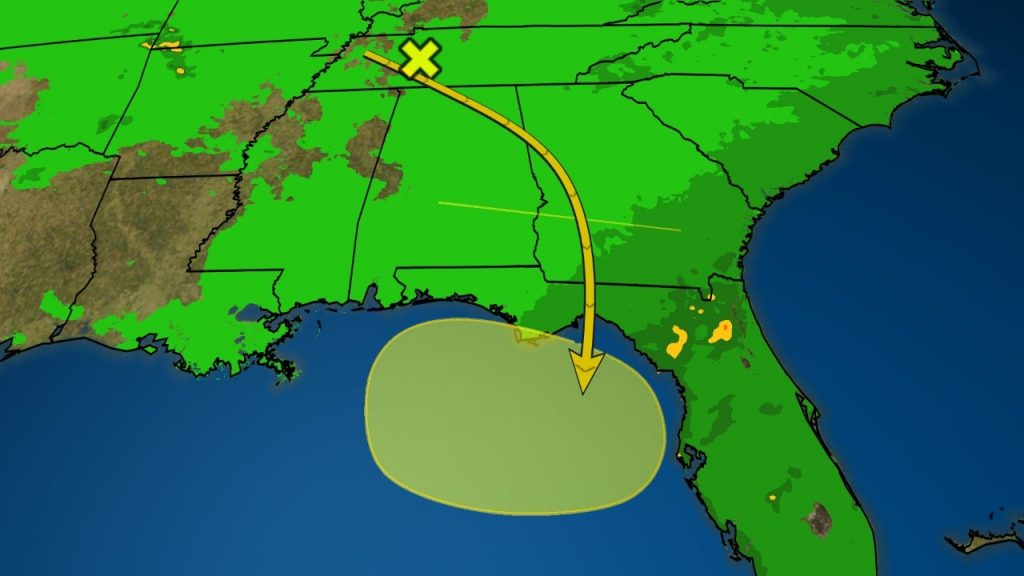
Specially designed algorithms allow for these displays as well as hourly rainfall rates and vertically integrated liquid water, which is the total amount of water from the ground up to the top of the atmosphere.

In addition to providing detailed reflectivity, NEXRAD provides rainfall accumulations for one and three hours, as well as storm totals. The National Weather Service, Department of Defense, and the Federal Aviation Administration participated in the effort. A double-Doppler system would be helpful here, but even a single Doppler can provide a wealth of useful data.ĭuring the 1990s, more than 150 NEXRAD sites were established across the United States and its island territories. If the motion is perpendicular to the outgoing beams, that motion won't be detected. It's important to realize that Doppler doesn't show the actual velocity of the air-only the velocity away or toward the radar. Radar requires three integral parts to work: (1) an antenna/receiver, (2. The term WSR-88D is simple to explain: WSR stands for Weather Surveillance Radar 88 represents the year the first NEXRAD was commissioned for use (1988) and the D means it is a Doppler radar. Now the alarm can go off and provide enough time to seek shelter. Within the National Weather Service, NEXRAD is officially called the WSR-88D. Computer programs measure the differences between the. These radars since have been retrofitted with dual-polarized technology, firing waves aligned both horizontally and vertically. That isn't huge, but it's far better than a warning after the fact, which was common in former times. In the early to mid 1990s, a national network of over 100 WSR-88D Doppler radar sites was built as part of the modernization of the National Weather Service. The warning can be issued as much as 20 minutes before a tornado touchdown. Today tornado and severe thunderstorm warnings are given as soon as the signatures appear on the screen. In the old conventional radar days, tornado warnings were only issued when a tornado was spotted on the ground. Tornado vortex signature (TVS) is the image of tornadic wind shear found on a Doppler radar screen. A strong shift is a tip-off that some severe weather is happening.Ī mesocyclone is the intense rotating region of air containing a severe thunderstorm. That rotation can be detected on the radar screen by looking at the color shift of the radial velocity. Move your left hand in one direction and your right hand in the other. You can demonstrate this easily by putting a pen between your two hands. That wind difference is called wind shear.

That contrast indicates that a severe storm is present, even a tornado. These outgoing or incoming motions are color-coded on the Doppler radar so when a sharp change in direction takes place, the colors contrast sharply. For example, in one location, the flow will appear to be away from the radar, and adjacent to that will be a flow that is directed away. In severe weather, winds tend to shift dramatically. Many levels of precipitation can be detected. The change in frequency of sound waves when an object is moving toward or away from you is called the Doppler shift, or Doppler effect.


 0 kommentar(er)
0 kommentar(er)
